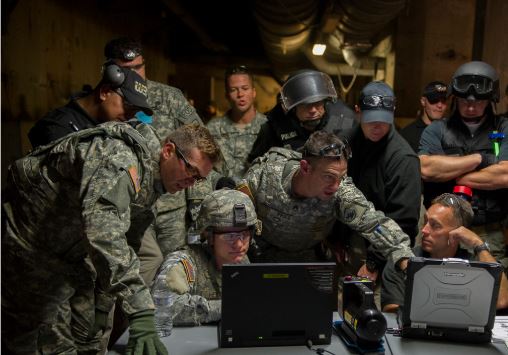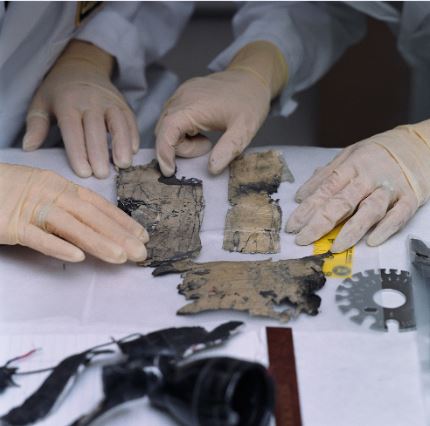

Fact Sheet - U.S. Bomb Data Center

Fast Facts
The sole source that analyzes intelligence data for investigations on bombings, arson and explosive crimes.
Skilled technicians use statistical modeling to identify trends and leads on explosive and arson cases.
Manages the Bomb Arson Tracking System (BATS), a national archive that holds over 750,000 bombing and arson related facts, evidence and investigation materials.
 USBDC collects information and intelligence about crimes involving bombings, arson and explosives to support interagency criminal cases. The center supports local, state, federal, tribal, military and international law enforcement partners. It produces information and monitors trends on the criminal use of explosives and arson. USBDC increases regional and national situational awareness, which helps federal law enforcement agents and prevents violent crime and terrorism.
USBDC collects information and intelligence about crimes involving bombings, arson and explosives to support interagency criminal cases. The center supports local, state, federal, tribal, military and international law enforcement partners. It produces information and monitors trends on the criminal use of explosives and arson. USBDC increases regional and national situational awareness, which helps federal law enforcement agents and prevents violent crime and terrorism.
The Numbers
|
|
|
754,792bombing and arson-related facts, evidence and investigation materials stored in BATS. |
Bomb Arson Tracking System (BATS)

BATS is a database that provides local, state and federal arson and explosives investigators with the latest data from across the nation. BATS provides investigators with criminal case information to help them investigate violent crimes involving explosives and fire. BATS data is used to produce arson and explosives intelligence reports, including the Arson Incident Report and the Explosives Incident Report, each year to report on trends in violent crime and terrorism.
USBDC instructors provide BATS training to law enforcement and fire investigation agencies throughout the country. Instructors also provide BATS training during the annual Raven’s Challenge, a joint national preparedness exercise. BATS training is also provided at ATF’s National Center for Explosives Training and Research and the FBI’s Hazardous Devices School.
Intelligence Section
 The Arson & Explosives Information and Analysis Section (AEIAS) provides intelligence and case support, including expert witness testimony, to local, state and federal agencies that investigate explosives and fire-related matters. Two units within the section are:
The Arson & Explosives Information and Analysis Section (AEIAS) provides intelligence and case support, including expert witness testimony, to local, state and federal agencies that investigate explosives and fire-related matters. Two units within the section are:
- Industry Operations Investigations Unit – provides intelligence to ATF investigators and special agents on the theft and loss of explosives throughout the United States.
- Explosives Tracing Unit – provides tracing information on the interstate and international movement of explosives as well as original manufacturing information.
Combating Violent Crime
In the past, police and fire investigators relied on systems across jurisdictions to piece together data on arson, explosives and bombing crimes. This resulted in delays in solving violent crimes. In 1996 Congress passed legislation to create a central database on arson, bombings and explosive incidents. ATF created BATS to provide this solution. BATS helps law enforcement to generate leads and track down suspects for prosecution.



